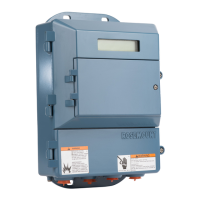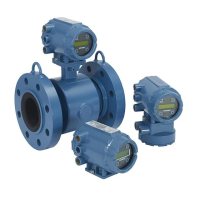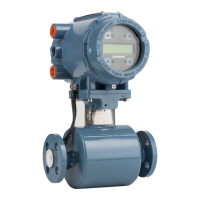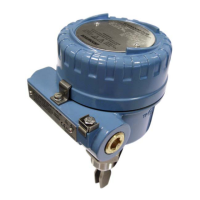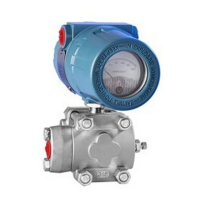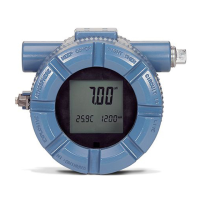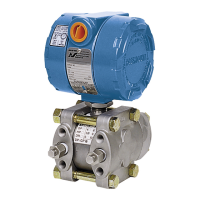Reference Manual
00809-0100-4004, Rev BA
August 2010
Rosemount 8800D
A-16
Process Temperature Accuracy
2.2° F (1.2° C) or 0.4% of reading (in °C), whichever is greater.
Mass Flow Accuracy for Temperature Compensated Mass Flow
2.0% of rate (Typical)
Repeatability
± 0.1% of actual flow rate
Stability
±0.1% of rate over one year
Process Temperature Effect
Automatic K-factor correction with user-entered process temperature.
Table A-18 indicates the percent change in K-factor per 100 °F (55.6 °C) in process temperature
from reference temperature of 77 °F (25 °C).
Ambient Temperature Effect
Digital and Pulse Outputs
No effect
Analog Output
±0.1% of span from –58 to 185 °F (–50 to 85 °C)
Vibration Effect
An output with no process flow may be detected if sufficiently high vibration is present.
The meter design will minimize this effect, and the factory settings for signal processing are
selected to eliminate these errors for most applications.
If an output error at zero flow is still detected, it can be eliminated by adjusting the low flow cutoff,
trigger level, or low-pass filter.
As the process begins to flow through the meter, most vibration effects are quickly overcome by
the flow signal.
Vibration Specifications
Integral Aluminum Housings, Remote Aluminum Housings, and Remote SST
Housings
At or near the minimum liquid flow rate in a normal pipe mounted installation, the maximum
vibration should be 0.087-in. (2,21 mm) double amplitude displacement or 1 g acceleration,
whichever is smaller. At or near the minimum gas flow rate in a normal pipe mounted
installation, the maximum vibration should be 0.043-in. (1,09 mm) double amplitude
displacement or
1
/2 g acceleration, whichever is smaller.
Integral SST Housing
At or near the minimum liquid flow rate in a normal pipe mounted installation, the maximum
vibration should be 0.044-in. (1,11 mm) double amplitude displacement or
1
/3 g acceleration,
whichever is smaller. At or near the minimum gas flow rate in a normal pipe mounted
installation, the maximum vibration should be 0.022-in. (0,55 mm) double amplitude
displacement or
1
/6 g acceleration, whichever is smaller.
Table A-18. Process Temperature Effect
Material
Percent Change in
K-Factor per
100 °F (55.6 °C)
316L @ < 77 °F (25 °C) + 0.23
316L @ > 77 °F (25 °C) - 0.27
Nickel Alloy C < 77 °F (25 °C) + 0.22
Nickel Alloy C > 77 °F (25 °C) - 0.22
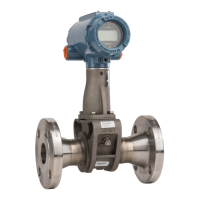
